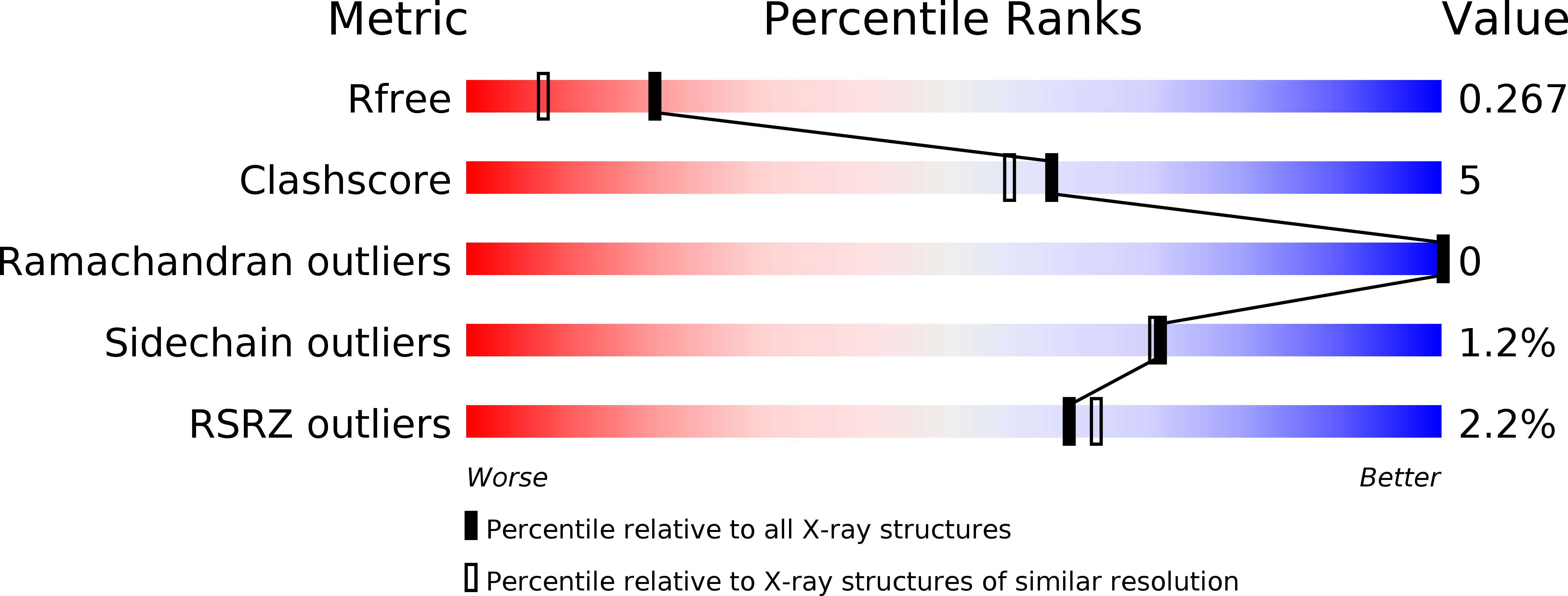
Deposition Date
2013-03-24
Release Date
2013-09-11
Last Version Date
2024-05-08
Entry Detail
PDB ID:
4BG7
Keywords:
Title:
Bacteriophage T5 Homolog of the Eukaryotic Transcription Coactivator PC4 Implicated in Recombination-Dependent DNA Replication
Biological Source:
Source Organism:
ENTEROBACTERIA PHAGE T5 (Taxon ID: 10726)
Host Organism:
Method Details:
Experimental Method:
Resolution:
1.90 Å
R-Value Free:
0.25
R-Value Work:
0.19
R-Value Observed:
0.20
Space Group:
I 4


